Found! Lost 1954 Lincoln Mardi Gras show car
One man set out looking for a muscle car but brought home something way more interesting… a one-of-a-kind Lincoln show car from the 1950s.
Danny Gove set out to assess a muscle car, and ended up coming home with a long-missing, one-of-a kind Lincoln show car from the 1950s.
“I was called over to a gentleman’s house to do an evaluation of what he thought was a Moulin Rouge ’Cuda, and I went over there to confirm or deny whether it was a Moulin Rouge car — and he had the unfortunate news that it was not — but he said, ‘Before you go, I would like to show you one more thing.’ He took me to a back barn and there it sat.”
“It” was a 1954 Lincoln Capri two-door hardtop — more specifically, the 1954 Lincoln Capri Mardi Gras, a special “color and trim” car used to add glamour to Lincoln’s stand at the 46th annual Chicago Auto Show, held March 13-21, 1954, at the city’s International Amphitheatre.
Lincoln Gets Modern for 1952
Automobile styling was in high gear by 1954 as automakers compete to build fast and fashionable automobiles in the highly competitive postwar market. In a quest for attention, automakers sometimes supplemented their production cars with fancy and futuristic show cars and with dolled-up production cars that would steal the spotlight at auto shows and catch the eye of magazine editors, who might put General Motors’ latest dream car or Ford’s newest concept car on a magazine cover.
With Carrera Panamericana wins in 1952 and 1953, Lincoln had already established a reputation for building fast cars by 1954. The wins began with Lincoln’s all-new-for-’52, overhead-valve power from a 317.5-cid V-8 engine and an all-new chassis that innovated the use of a ball-joint front suspension for more sure handling — both critical elements needed to conquer the rough Mexican terrain through which Carrerra Panamericana participants raced.
Matching its new chassis in 1952 was a fashionable new Lincoln body with fully integrated, slab-sided fenders, high headlamps level with the beltline and integrated front and rear bumpers. Lincoln offered a multitude of bright exterior colors against equally bright interior fabrics of modern design, and was sure to underscore their importance to a modern lifestyle within sales literature.
The cars were the very image of modern, and Lincoln promotions made the car part of the luxury lifestyle amid great postwar prosperity. By 1954, the third year of the Lincoln styling cycle started in 1952, ads proclaimed the 1954 Lincoln to be “Designed for Modern Living — Powered for Modern Driving,” a variation of Lincoln’s mid-century mantra.
By the 1954 Chicago Auto Show, the Lincoln’s three-year-old body was no longer fresh. Compounding the matter, the 1954 model year had brought a completely redesigned car from Cadillac, Lincoln’s top competitor. To maintain its modern car image among spectators and press at Chicago, Lincoln would need to bring dazzle to its 1954 display. It delivered a with quartet of glamorous show cars based upon production models.
Color and Trim add Glamour for ’54
Lincoln’s four production-based show cars for the 1954 Chicago Auto Show were what it called “color and trim” cars that, as the label implied, were painted special colors and given special trim, such as unique upholstery and brightwork. Those 1954 Lincoln color and trim cars were the Huntsman Capri convertible; the First Nighter Capri four-door sedan; the Premiere two-door hardtop, which predicted 1955 Lincoln styling and use of the “Premiere” model name in 1956; and the Mardi Gras Capri two-door hardtop.
These 1954 trim and color show cars actually followed a series of show Lincolns that appeared on the 1953 show circuit. One of those 1953 trim and color cars was the Anniversary, a 1953 Lincoln Capri convertible painted pearlescent white and fitted with $4,000 worth of gold-plated trim inside and out. As its name and gold-plating implied, the Anniversary was built to honor a momentous occasion — Ford Motor Co.’s 50th anniversary. According to the book “Ford Design Department Concept & Show Cars: 1932-1961,” by Jim and Cheryl Farrell, the 1953 trim and color cars proved popular enough with the public, and with dealers, who preferred them to concept cars that they said made the production cars look dated to customers, that Lincoln built new trim and color cars for 1954. Along with trim and color cars themselves, the paint and gold-plating from Lincoln’s 1953 Anniversary show car also returned for 1954.
The Mardi Gras was the 1954 Lincoln show car that most borrowed from the 1953 Anniversary. The body of the 1954 Capri two-door-hardtop-based Mardi Gras was made festive with a body painted white incorporating crushed abalone shells to give it a pearlescent effect, and the roof was painted gold. While the 1953 Lincoln Capri Anniversary had gold-plated trim inside and out, the gold plating was limited to the interior of the 1954 Mardi Gras. The Mardi Gras interior was upholstered in a combination of ice blue, red and green fabrics and leather with unique brocade accents on the door panels. Since the trim and color cars were based on production cars, the unique show car features were created by the Lincoln-Mercury interior design studio, and stylist Art Miller is credited with creating the Mardi Gras’ unique features.
Of the four special color and trim cars that Lincoln built for the 1954 Chicago Auto Show, none were known by the hobby at large to have survived. In fact, few hobbyists knew of the cars at all, especially the Mardi Gras, as it is believed to have only been shown at the 1954 auto show in the Windy City. It then vanished with the wind.
Finding a hiding show car
Danny Gove, owner of Brazos Valley Auto Restoration in Bryan, Texas, admits he was among those many enthusiasts who had never heard of the 1954 Lincoln Mardi Gras. After being shown the car by the ’Cuda owner about 12 years ago, he returned home to research it. He was able to verify that such a car had been built, but there wasn’t much information about it — only an image and caption of it on the Chicago Auto Show website, and in Jim and Cheryl Farrell’s book, “Ford Design Department Concept & Show Cars: 1932-1961,” of which the seller had a copy.
Gove was confident enough in the car’s identity to buy it, and continued to keep it under wraps while he continued with his research.
“I have had it for a while, but I didn’t want to start anything on it until I got it authenticated,” Gove said. “The most excitement I had was learning the car was on display at the Chicago Auto Show, and that’s the only photo of the car that exists. I talked to them and I tried to call the Lincoln Museum and there’s really no information. I also spoke with the coauthor of the book, Jim Farell, to try to find out where they got their info from. He gave me the gentleman’s info at the Ford archives [that he worked with], but he has since passed. It’s been a challenge.”
Not one to give up, Gove reached out to previous owners in order to help piece the car’s story together after the Chicago Auto Show.
“[The seller] told me that he had found the car in a storage lot in west Texas,” Gove said, “and I actually have the receipt from where he purchased it."
“I tracked down the original purchaser,” he said. “The car had been gifted to Sara Allison (of California) — her husband was founder of Allison. I think they were building airplanes then, not yet transmissions. This car has an amazing story.”
Gove says he learned that Allison owned the car until she passed away. During her ownership, she had the car repainted a light blue and had a continental kit added, and Gove was given a photo of her with the Mardi Gras in this guise. The next buyer planned to take the car back to its original appearance and brought it to a restorer, who disappeared with it. Eventually, it was found in the storage lot and purchased there by the man who sold it to Gove. Unfortunately, the car weathered in the southwest heat while parked in the storage lot.
In an effort to further unravel the car’s background, Old Cars’ “Watching the Fords Go By” columnist, Phil Skinner, reviewed the Lincoln’s VIN and unusual data plate, which he said was “truly special.”
Skinner noted the serial number indicates the Lincoln is the fourth 1954 Lincoln built at the Wayne, Mich., assembly plant. If that’s not interesting enough, its production date actually puts it in sequence with 1953 Lincolns! He says the earliest-production 1954 Lincoln that he has recorded from the Wayne assembly plant was the 145th built, and it was built on Nov. 12, 1953 — at least a month earlier than the Mardi Gras show car. And it clearly didn’t take Ford Motor Co. more than a month to build a measly 145 Lincolns.
Adding evidence to the 1954 Mardi Gras’ assembly alongside 1953 Lincolns is its engine, which has the dual-diaphragm distributor used only on 1953 models.
Skinner further noted that, in the spaces for the paint and interior codes, the Mardi Gras’ data plate reads “SPEC” in each place for special-mix paint and special interior — just what one would expect to find on one of Lincoln’s color and trim models.
The fate of a color and trim car
“It surprised me the level of detail for a trim and color car,” Gove says. He notes that, despite the car’s weathered-but-intact condition, the hardtop doors still “close like a bank vault,” and it has a great amount of quality to its build.
“It has mohair carpet, and they took house installation and glued it to the roof underneath the headliner – it’s still there. They pulled out all the stops on this thing. It just sounds so solid. I am sure there is more insulation inside the car.”
The few existing period documents pertaining to the car do not mention the fine embroidery work on the interior door panels or the gold-plating throughout its interior parts — which Gove figures will make the car very expensive to restore.
“I took out the sun visor rails, I took off the mirror and 12 screws, and I had them gold plated and it cost me $1,200,” Gove says. As a result, he went and purchased the equipment to gold plate the car’s many interior pieces himself. However, the embroidery will be another challenge, one that adds to his quandary of whether or not to restore the car.
“I honestly don’t know what the best route is to do with it” Gove says. “I am comfortable with taking it back to its former glory, but those door panels – they are all hand-embroidered. That is a major challenge. That is the only thing I do not have a handle on."
“The car is remarkable, but it’s weathered,” he adds. “I am torn — do I leave the car as it is and get it running and driving, or do I restore it? That interior is going to be the hardest part to recreate.”
In the meantime, Gove has removed the engine and transmission to rebuild them, as he knows that he wants it to be running and driving. But he’s afraid to go any farther and risk erasing the original color and trim features that make it unique.
“I don’t know what to do with it,” he says. “I don’t want to take away from the car. I just don’t know what to do with it, to be honest.”
Although Gove isn’t sure what to do with the car, it’s reassuring to know the car survives, and is appreciated for its unique place in Lincoln and Chicago Auto Show history.
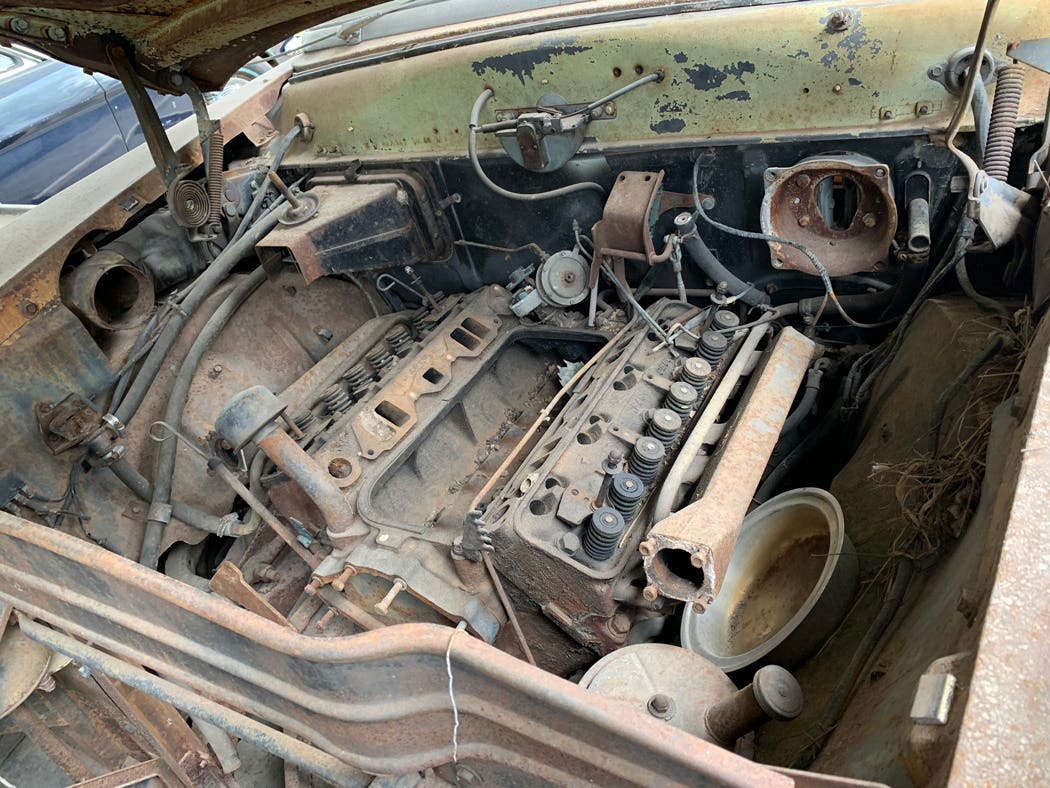
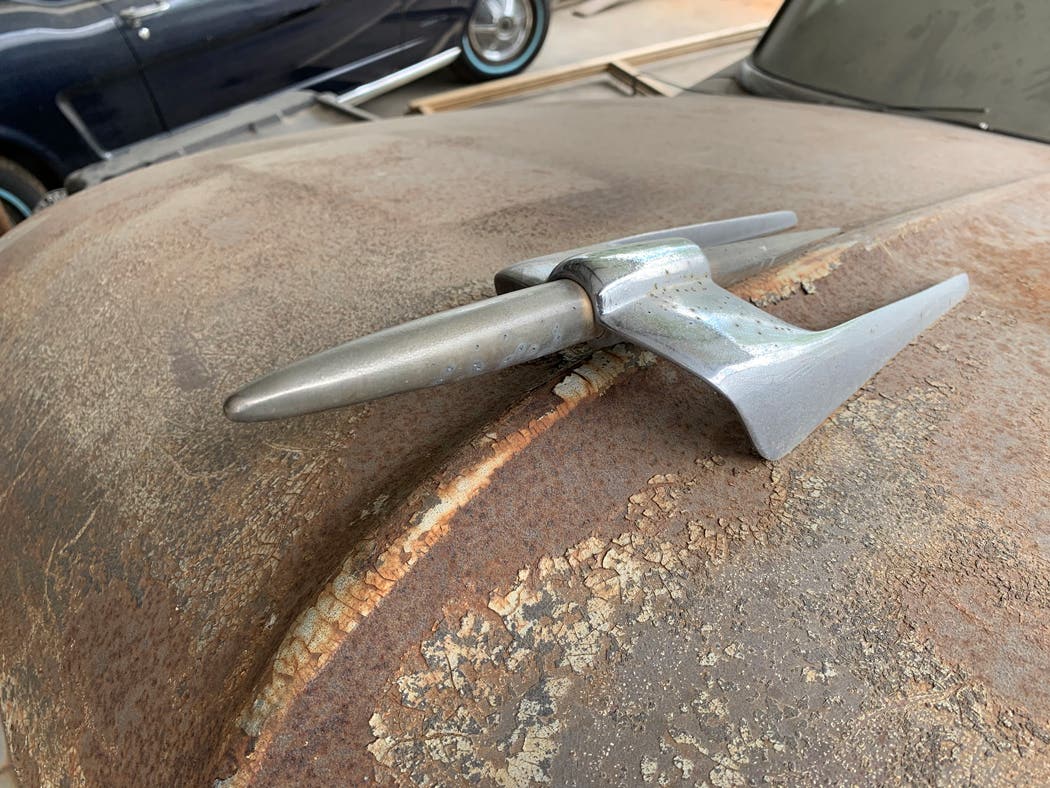
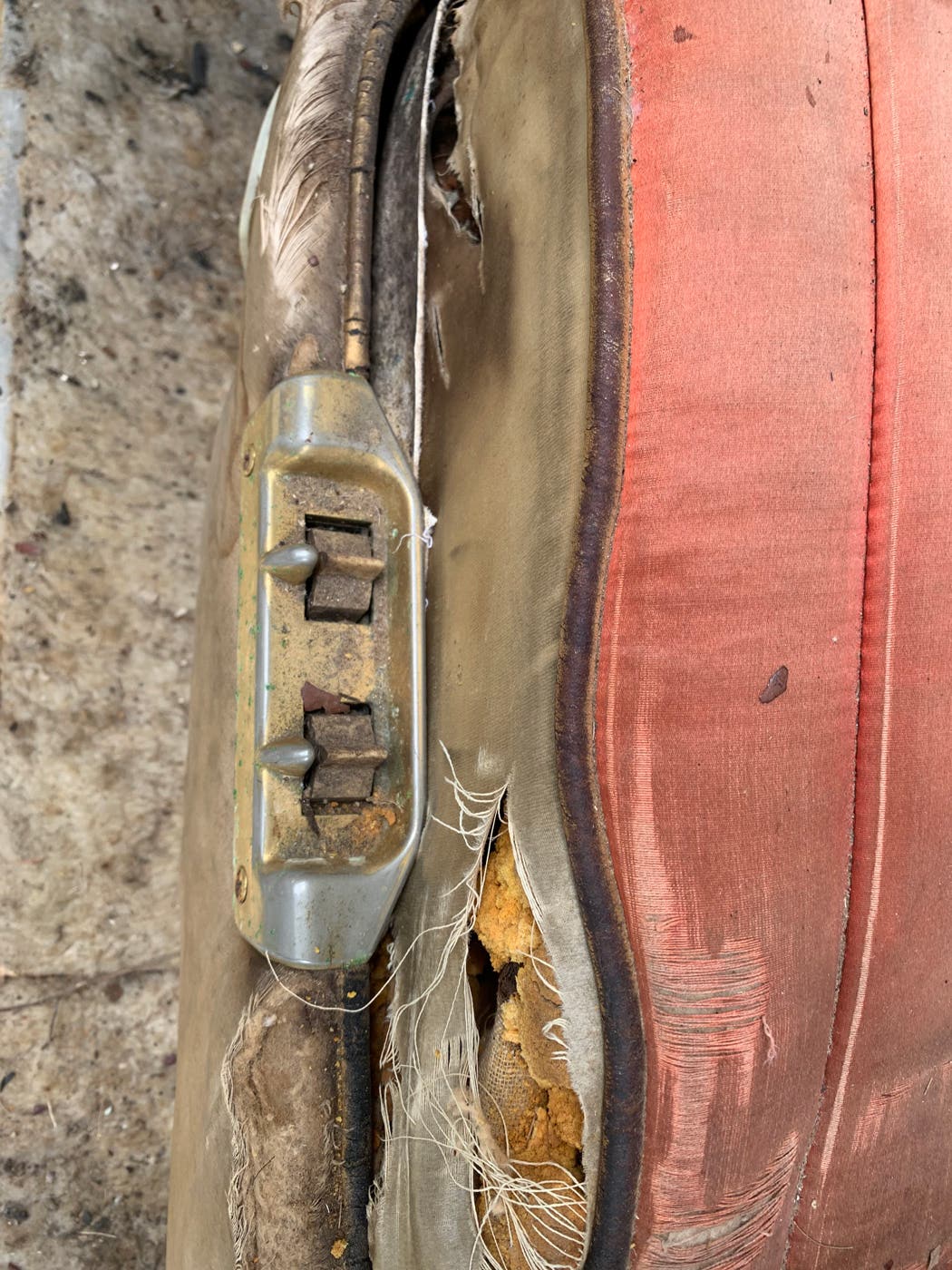
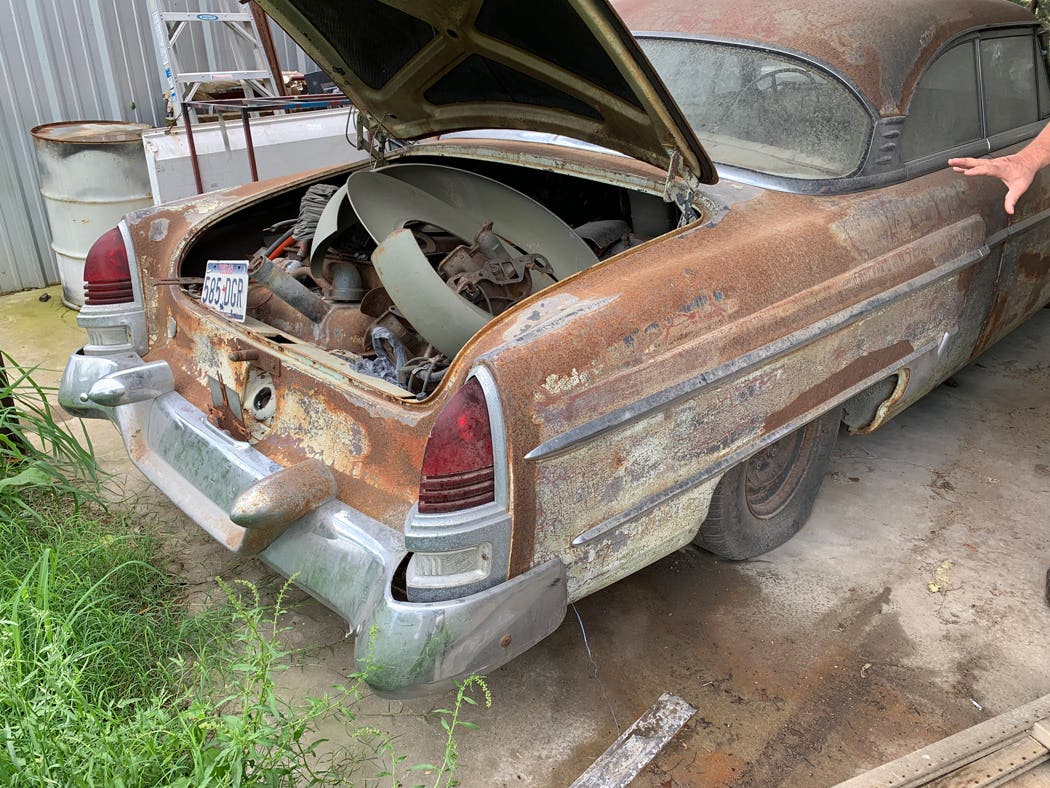
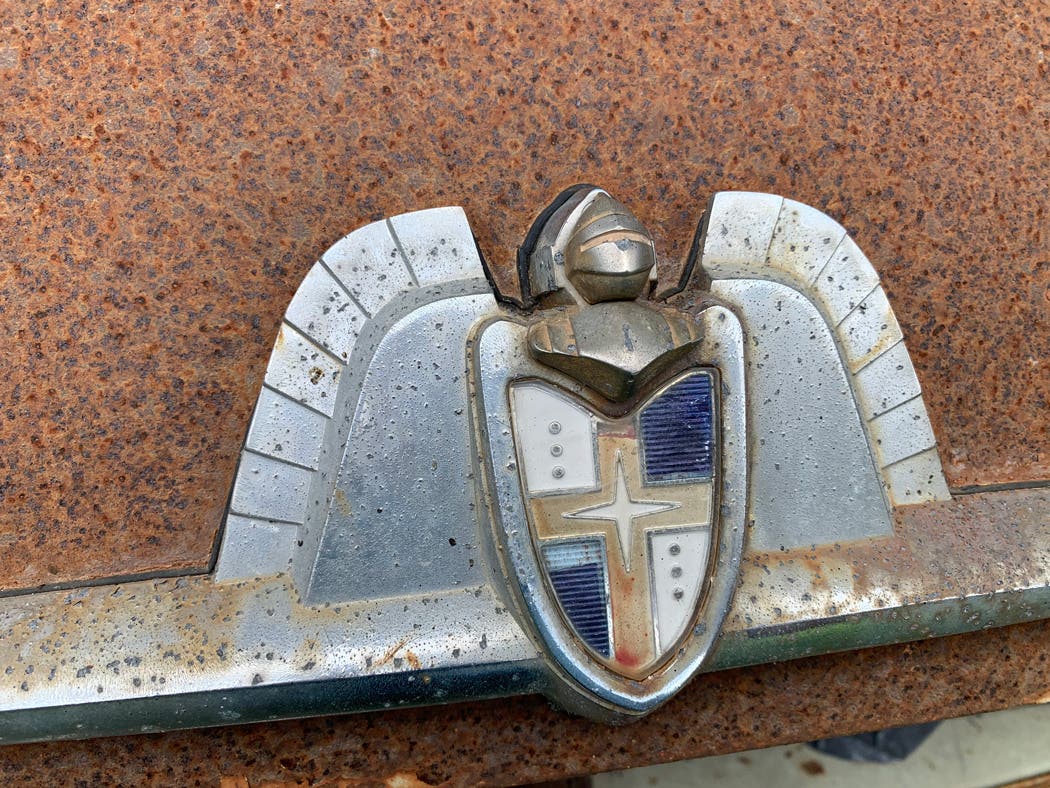
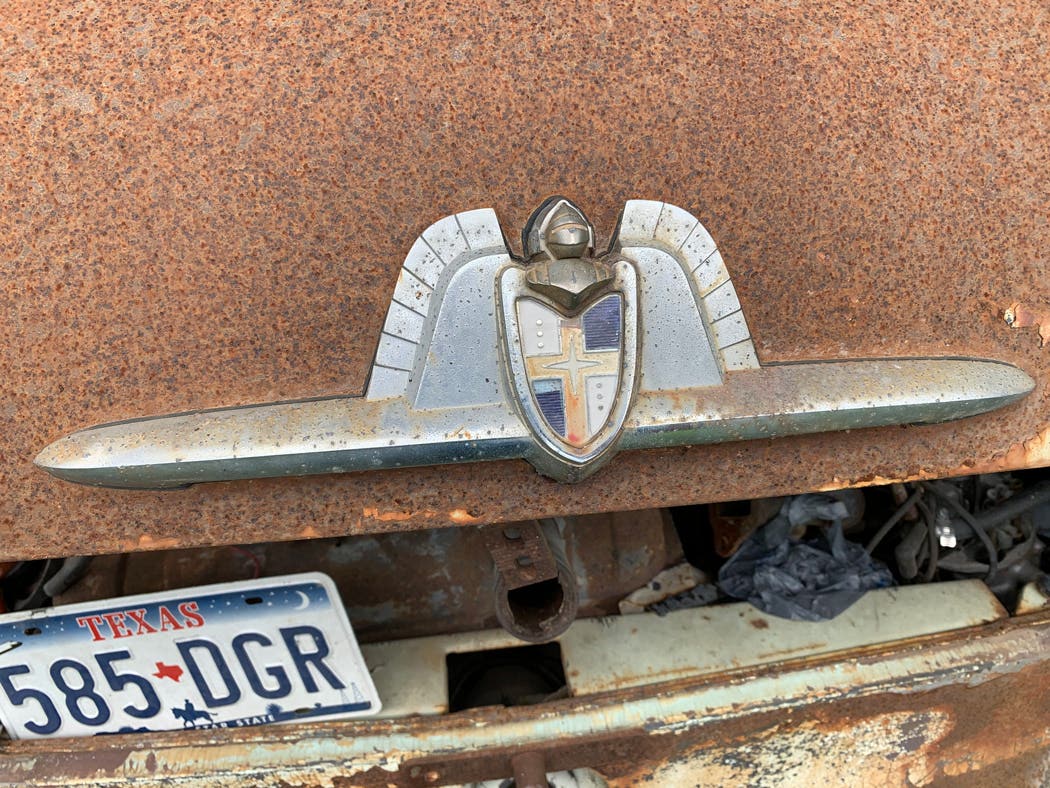
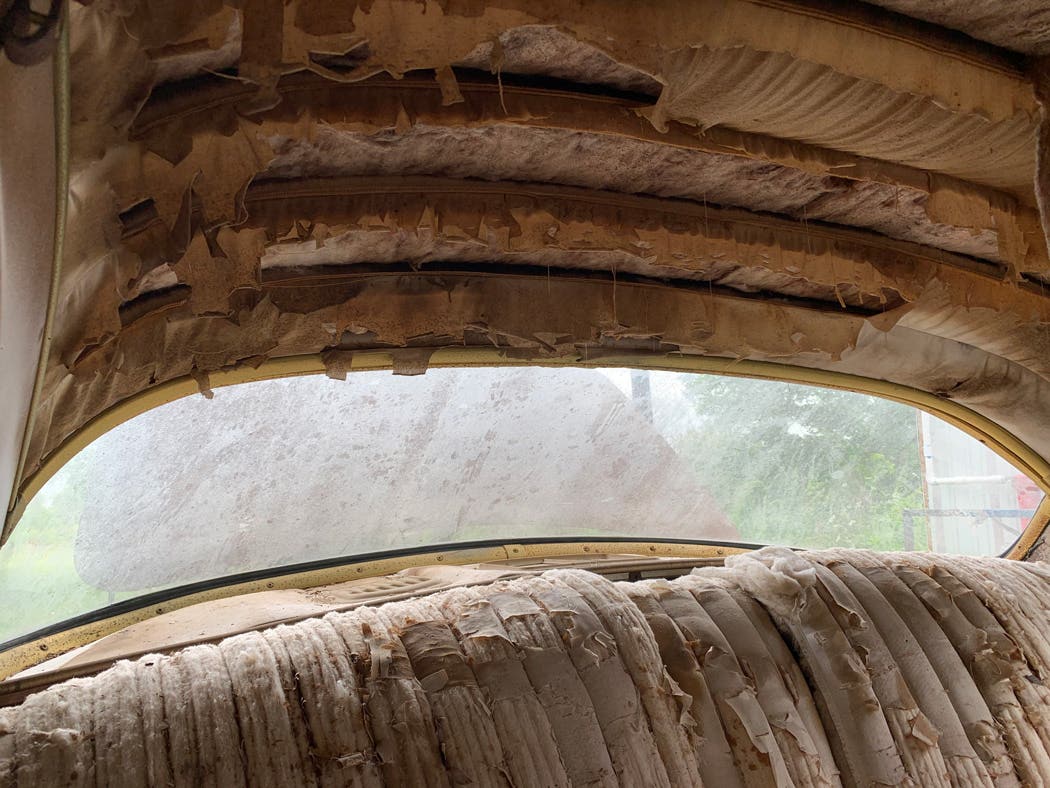
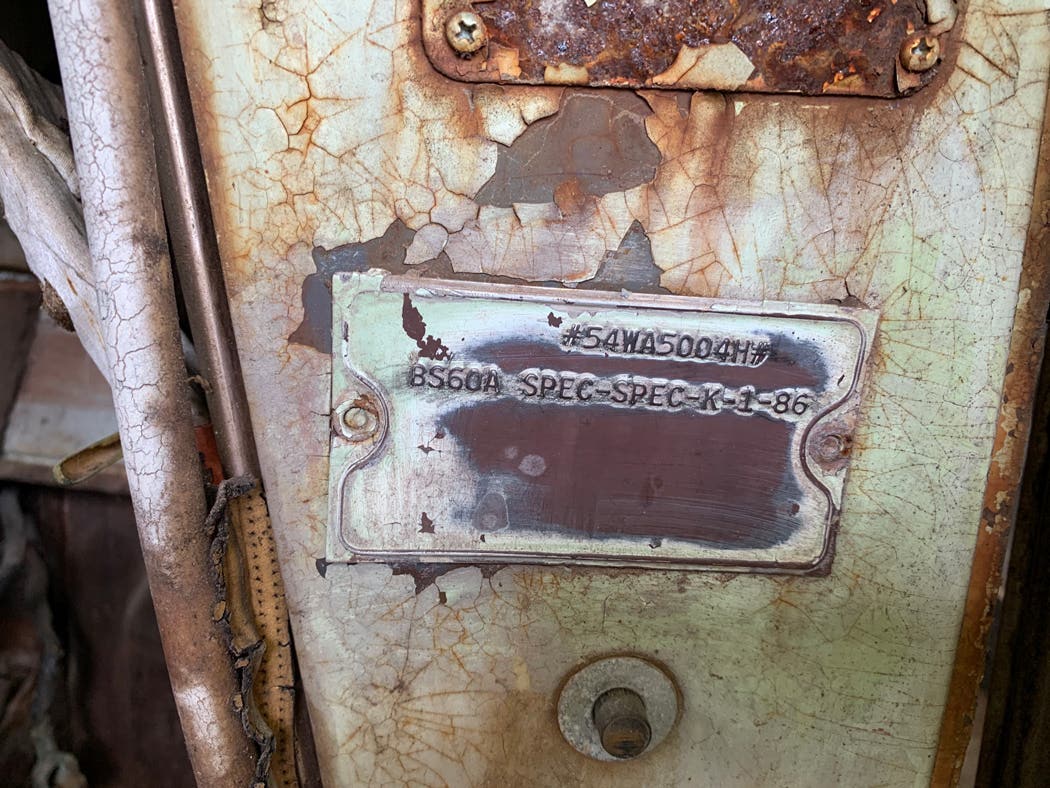
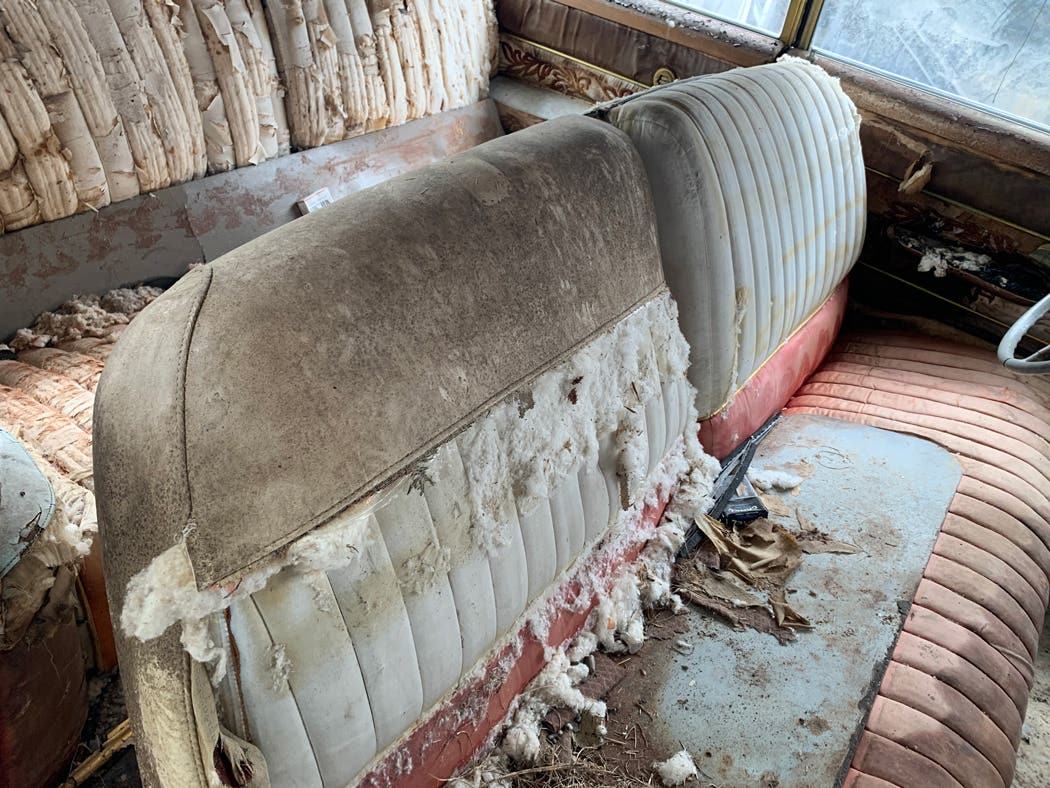
If you like stories like these and other classic car features, check out Old Cars magazine. CLICK HERE to subscribe.
Want a taste of Old Cars magazine first? Sign up for our weekly e-newsletter and get a FREE complimentary digital issue download of our print magazine.
*As an Amazon Associate, Old Cars earns from qualifying purchases.
Angelo Van Bogart is the editor of Old Cars magazine and wrote the column "Hot Wheels Hunting" for Toy Cars & Models magazine for several years. He has authored several books including "Hot Wheels 40 Years," "Hot Wheels Classics: The Redline Era" and "Cadillac: 100 Years of Innovation." His 2023 book "Inside the Duesenberg SSJ" is his latest. He can be reached at avanbogart@aimmedia.com





